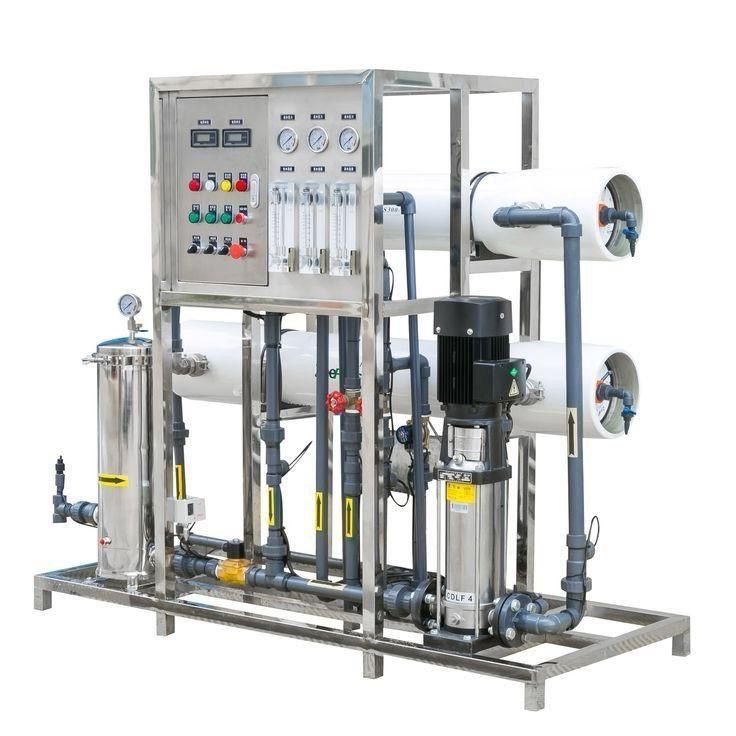Water scarcity is not just a passing environmental crisis; it is a real threat to the continuity of life and economic activities at all levels. A world with limited access to clean water means halted industrial production, declining quality of tourism services, and jeopardized basic healthcare standards — all of which negatively impact the stability and reputation of institutions.
At NewTech, we understand that addressing this challenge requires radical and effective solutions. That’s why we offer integrated solutions that combine innovation and efficiency, helping you turn the water scarcity crisis into an opportunity to enhance the sustainability of your operations. With our extensive experience in designing and operating water treatment plants, we deliver customized solutions tailored to your specific needs — whether you run a factory that relies heavily on water, a hotel aiming to provide an exceptional guest experience, or a hospital committed to strict hygiene standards. We are your ideal partner to ensure the continuity and efficiency of your business.
Comprehensive solutions to meet all needs
Saltwater Desalination Plants
We transform seawater and brackish groundwater into pure, usable water using the latest global desalination technologies. We guarantee high efficiency and complete reliability to meet the needs of industrial, tourism, and agricultural sectors, while providing sustainable solutions that contribute to the preservation of water resources. (Image of a seawater desalination plant)
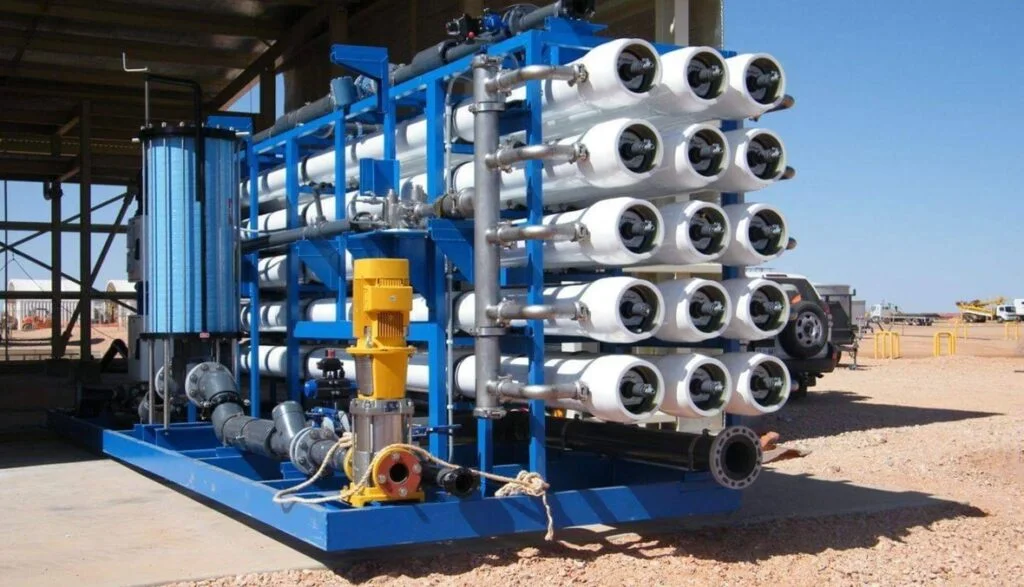
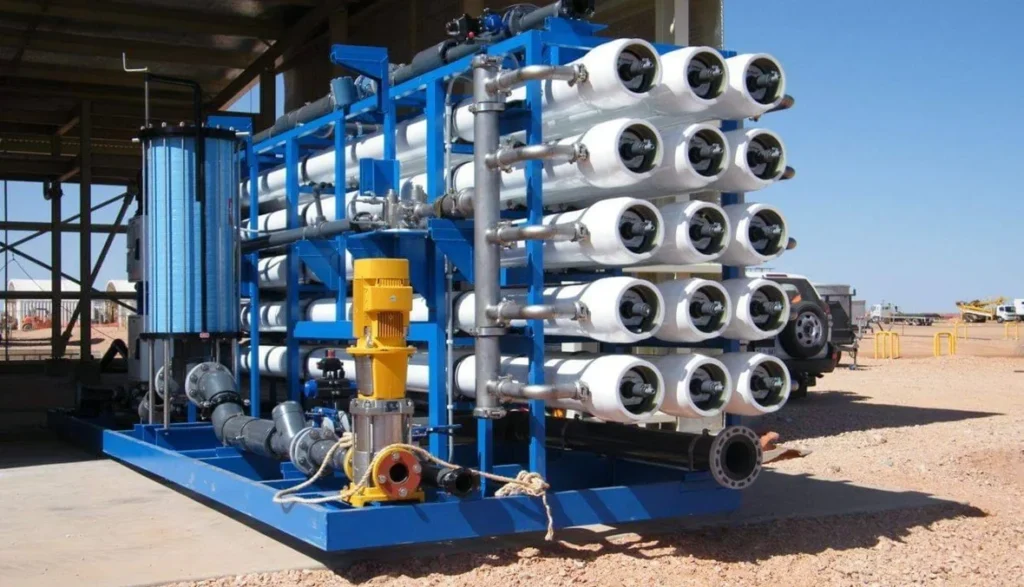
wastewater treatment plants
Driven by our belief in the importance of environmental and economic sustainability, we offer advanced solutions for wastewater treatment and recycling. We transform used water into safe resources for agricultural or industrial use, reducing waste, lowering operational costs, and supporting the circular economy.
Water purification plants
We offer advanced technologies for treating river and lake water and transforming it into pure water. Our plants ensure compliance with the highest health standards, making the water suitable for drinking or industrial use, thereby providing reliable and safe resources to support various sectors.
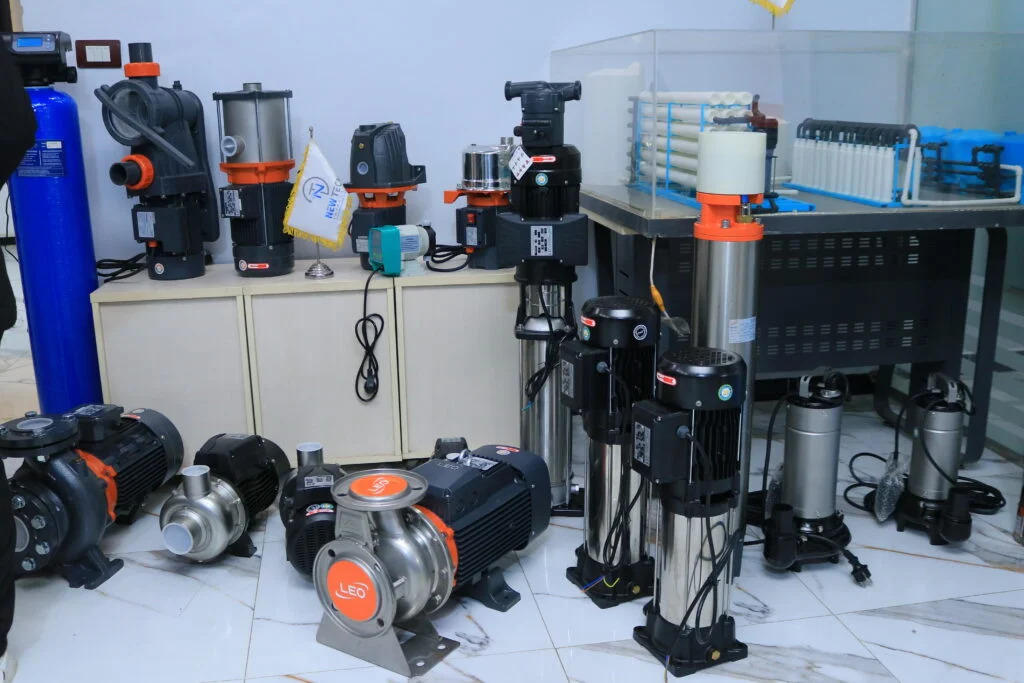
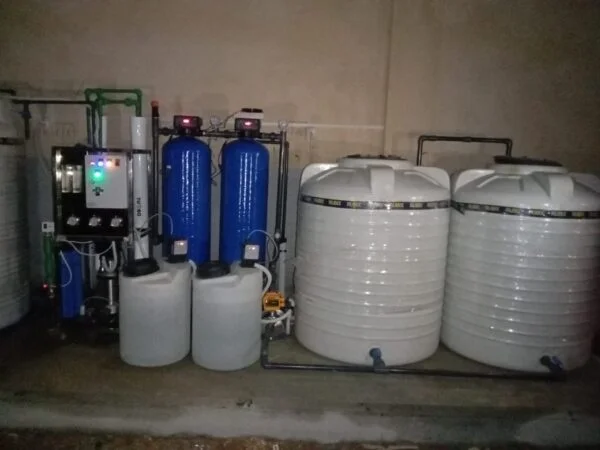
Drinking water treatment plants
To ensure pure water that meets the highest global health standards, we offer innovative drinking water treatment plants. Our solutions rely on precise technologies to deliver exceptional quality, efficiently meeting the needs of households, institutions, and large-scale projects.
Why Newtech?
Because we don’t offer traditional solutions—we deliver real value that begins with cost reduction through efficient technologies that enhance your operational performance. We believe every client has a unique fingerprint, which is why we design customized solutions precisely tailored to your specific needs. With pure and sustainable water, we empower you to elevate the quality of your services and strengthen your reputation in the market, helping you lead the competition. Most importantly, we stand by you every step of the way—from design to implementation and maintenance—with unwavering technical support, ensuring your success is sustainable and your plants operate at peak efficiency.
Contact us
Contact us now and become our new partner.
info@newtech-water.com
Phone Number
٠١٠٢٣٤٥٩١٢٢
٠١١١٩٠٤٣٩٥٠
٠١٠٩٩٩٧٦٦٩٣
٠١١١٩٠٤٣٩٥٠
Address
The villas - next to Al-Fath School - Benha - Qalyubia"
Get an offer now
Faq
Reverse osmosis membranes require maintenance when signs such as low water pressure, changes in water taste or odor, or continuous system operation appear. Low pressure may indicate clogged filters, while unpleasant tastes or odors (such as chlorine, metals, or rotten eggs) suggest membrane damage or bacterial buildup. Continuous operation of the system points to a malfunction in its components and requires immediate attention. To ensure optimal system performance, it is recommended to replace the filters every 6–12 months, clean the system regularly, and inspect the membrane frequently — especially if the feed water quality is poor.
The RO system removes about 99% of impurities, making it ideal for providing safe and healthy water in homes, factories, and even hospitals. It also improves taste by eliminating unwanted odors such as chlorine or sulfur. To maintain its efficiency, it is recommended to replace the filters and clean the system regularly. Its components can last between 2 to 5 years, depending on water quality and usage. This system is the perfect solution for areas suffering from hard or contaminated water.
The water treatment process involves several integrated steps to ensure the removal of impurities and improve its quality, making it suitable for drinking and other uses. The most prominent of these steps are:
Coagulation and Flocculation: Chemicals are added to the water to bind small particles like dust and impurities together into larger clumps that are easier to remove.
Coagulation and Flocculation: Chemicals are added to the water to bind small particles like dust and impurities together into larger clumps that are easier to remove.
Filtration: Water is passed through sand or activated carbon filters to remove residual fine particles.
At this stage, a semi-permeable membrane is used to remove dissolved salts and heavy metals such as lead and mercury, as well as microorganisms like bacteria and viruses. The RO system is considered one of the most efficient methods for purifying water and producing clean, healthy water.
To sterilize the water and ensure it is free from harmful microorganisms, substances such as chlorine or technologies like ultraviolet (UV) light or ozone are used.
After completing these steps, the treated water is stored and pumped into distribution networks to reach consumers. Regular maintenance of RO systems and filters is recommended to ensure the efficiency of the process and the quality of the produced water.
There are several factors that influence the cost of building a water treatment plant, including the plant's production capacity, the purity level of the water, and its salinity level. The components used in the construction of the plant also play a major role in determining the total cost — the higher the quality and efficiency of these components, the higher the cost. Therefore, it is essential to conduct a chemical analysis of the water to be treated or desalinated in order to determine the appropriate design and configuration for the plant. For example: * If the groundwater to be desalinated has low salinity, the plant cost might range from 100,000 to 500,000. * If the salinity is moderate, the cost could range from 100,000 to 1,000,000. * If the salinity is high, the cost may range from 1 million to 5 million. As mentioned, salinity is not the only factor — the plant’s capacity, the technologies used, and the costs of operation and maintenance are all key elements that affect the overall cost of establishing the plant.
1. Drinking water treatment plants
Purpose: To purify water to make it potable.
Main stages:
o Turbidity removal: through sedimentation and filtration.
o Sterilization: using chlorine or ultraviolet rays.
o Removal of pollutants: such as iron, manganese, and nitrates.
2. Wastewater treatment plants
Purpose: To purify water produced from domestic or industrial uses to make it environmentally safe or reusable.
Its types:
o Pre-treatment: to remove large solids.
o Secondary treatment: to remove organic matter using microorganisms.
o Triple treatment: to remove micro-pollutants and heavy metals.
Industrial water treatment plants
Purpose: To treat water used in industrial processes to meet specific requirements or to recycle it.
Examples of processing:
o Remove oils and grease.
o Eliminate heavy metals and toxic chemicals.
o Reducing the concentration of organic matter.
Water desalination plants
Purpose: To remove salts and minerals from seawater or brackish water to make it suitable for drinking or industrial use.
Technologies used:
o Reverse osmosis (RO).
o Thermal distillation.
o Electrolysis.
well water treatment plants
Purpose: To purify well water from contaminants such as iron, manganese, sulfates, and dissolved gases.
Main stages:
o Sand or carbon filtration.
o Sterilization.
o Remove salts if their concentration increases.
The importance of choosing the right type of station
The choice of station type depends on:
Water source (surface, groundwater, or marine water).
Purpose of treatment (drinking, industrial, or agricultural).
Degree of contamination and treatment needs.
In short, each type of water treatment plant plays a vital role in providing water of adequate quality to meet human or environmental needs.
The Reverse Osmosis (RO) system is an advanced water purification technology that removes salts, heavy metals, and dissolved contaminants such as bacteria and impurities. The process begins with a pre-filtration stage where large particles and chlorine are removed to protect the delicate membrane used in the system. Next, water is forced at high pressure through a semi-permeable membrane that allows only water molecules to pass while blocking harmful contaminants. Finally, the water passes through an additional filter to enhance taste and odor before being stored in a dedicated tank for use.
The RO system removes about 99% of impurities, making it ideal for providing safe and healthy water in homes, factories, and even hospitals. It also improves taste by eliminating unwanted odors such as chlorine or sulfur. To maintain its efficiency, it is recommended to replace the filters and clean the system regularly. Its components can last between 2 to 5 years, depending on water quality and usage. This system is the perfect solution for areas suffering from hard or contaminated water.
